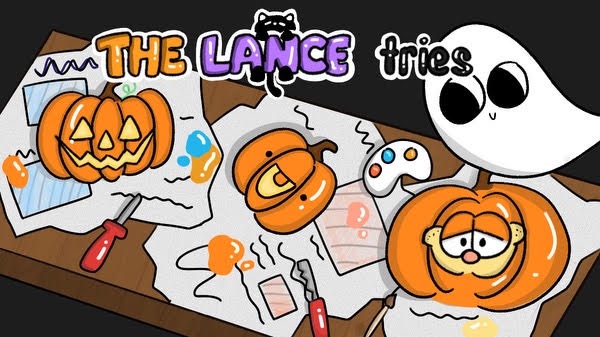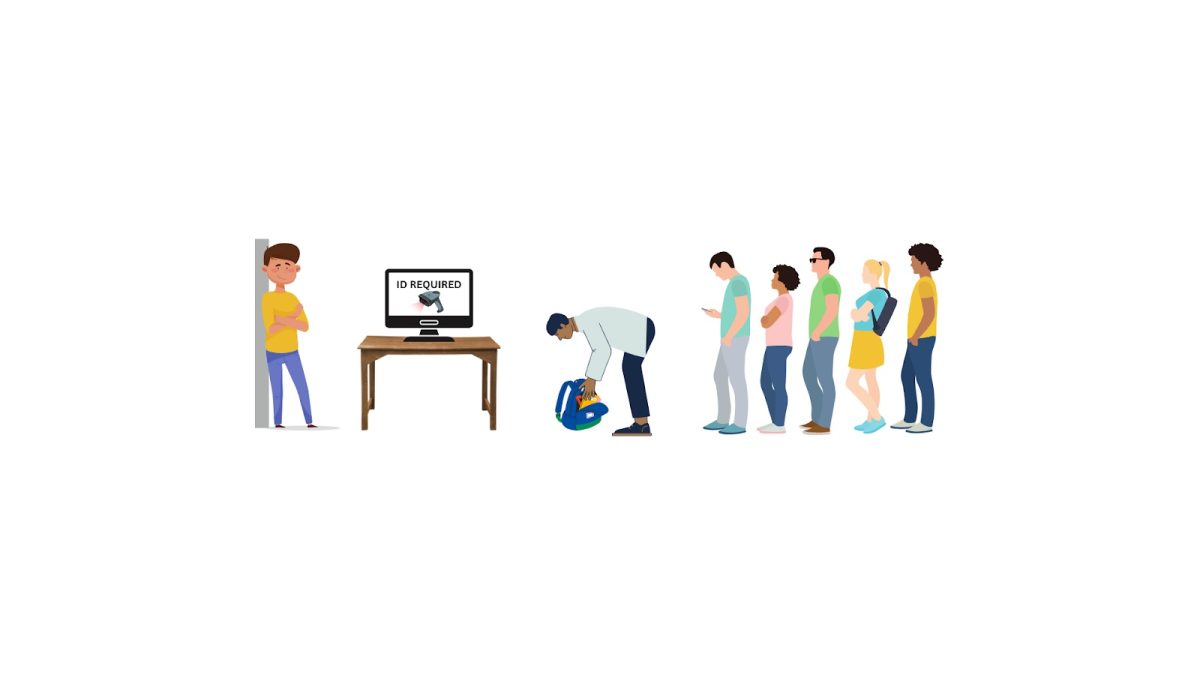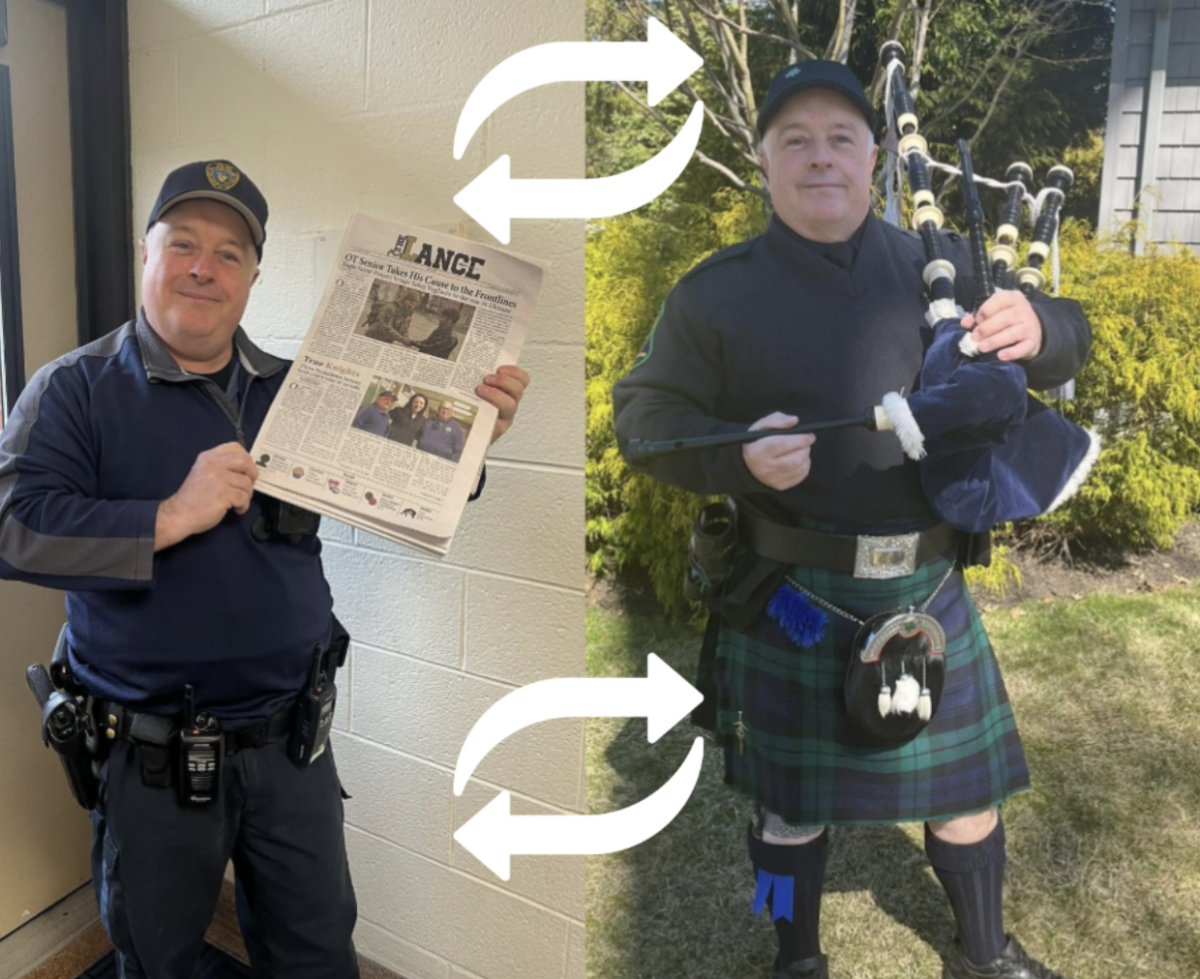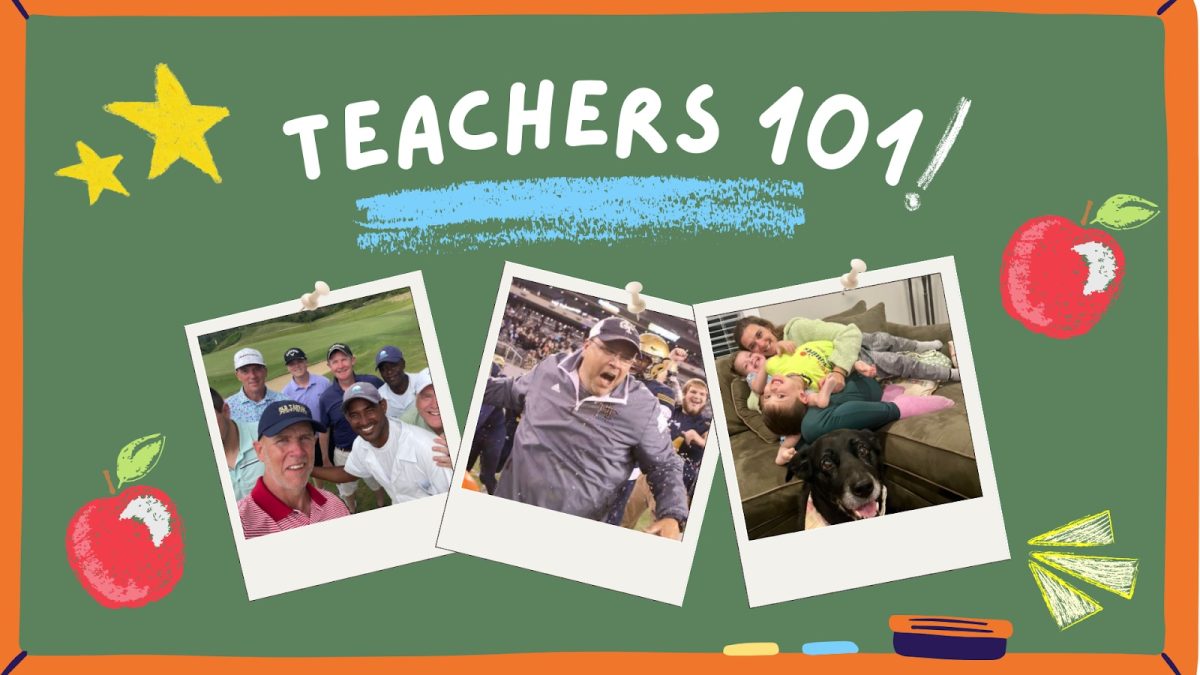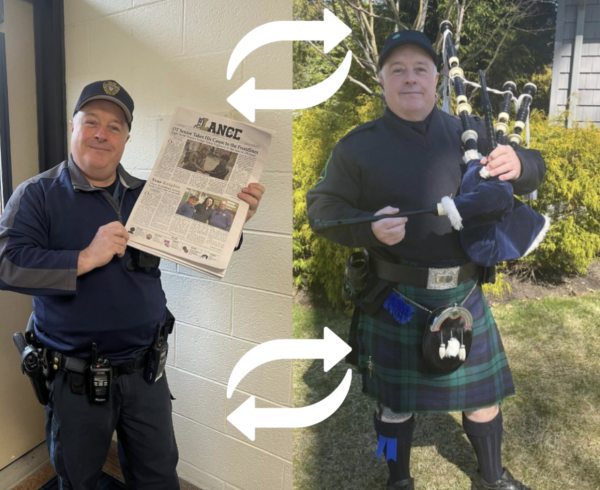Mythbusting the five-second rule
Let’s be honest. How many of us have dropped food on the floor and instantly picked it up to eat, assuring ourselves and others that “it had been on the ground for less than five seconds?” Many refer to it as the “five-second rule”; others, the “three-second rule.”
The five-second rule, grounded in the belief that food dropped on the floor is safe to eat if picked up quickly enough, frequently justifies the action of eating a fallen piece of food. Recently, however, a two-year study done by a food microbiologist at Rutgers University concluded that regardless of how quickly food was picked up from the floor, it would already be contaminated.
The study was done by dropping four different foods: cut watermelon, bread, buttered bread, and strawberry gummy candy from a five-inch height onto a surface covered with a bacterium. Each of these foods were tested for four different contact times: less than one second, five, 30, 300 seconds. Because of its moisture, watermelon had the highest rate of contamination while gummy candy had the least. Results indicated that longer contact times did result in the transfer of more bacteria; however, no food, no matter how quickly it was picked up, escaped contamination entirely.
So did the results of this research surprise those who follow the five-second rule? Interestingly enough, many had already been aware of the instant contamination that accompanies fallen food.
“I know that the moment [food] touches the ground, it’s already contaminated, but I still [pick it up and eat it] because it’s a waste of food,” senior Gajin Lee said. “Also, what are the chances that a deadly virus had been on the exact spot where I dropped the food? It could happen, but there’s little probability.”
Junior Scout Hayes had also already known of the instant contamination. “But I’m not really bothered by germs,” she said. “I also have this belief that if you think you’re not going to get sick, you don’t get sick.” Hayes won’t be picking up food from random places, though. “It depends on where I am- at home, I’ll probably be okay picking up something from the ground. But at school, probably not.”
Aside from the reasons that Hayes and Lee have listed, researchers have stated ‘the invisibility of germs’ as a possible cause for people’s willingness to follow the five-second rule- because germs are out of sight and easily ignored, people see no harm in consuming a fallen piece of food.
Scientific research has confirmed the five-second rule to be false. But will this new research bring significant change to people’s actions? Lee believes otherwise.
“There is a difference between knowing and actually changing how you behave,” she said. “For so long, since we were little, we were told that [the five-second rule] is okay. It’s hard to change a certain behavior that you’ve been used to for such a long time. I mean, I’ll probably use the five-second rule even after [this new research].”










































